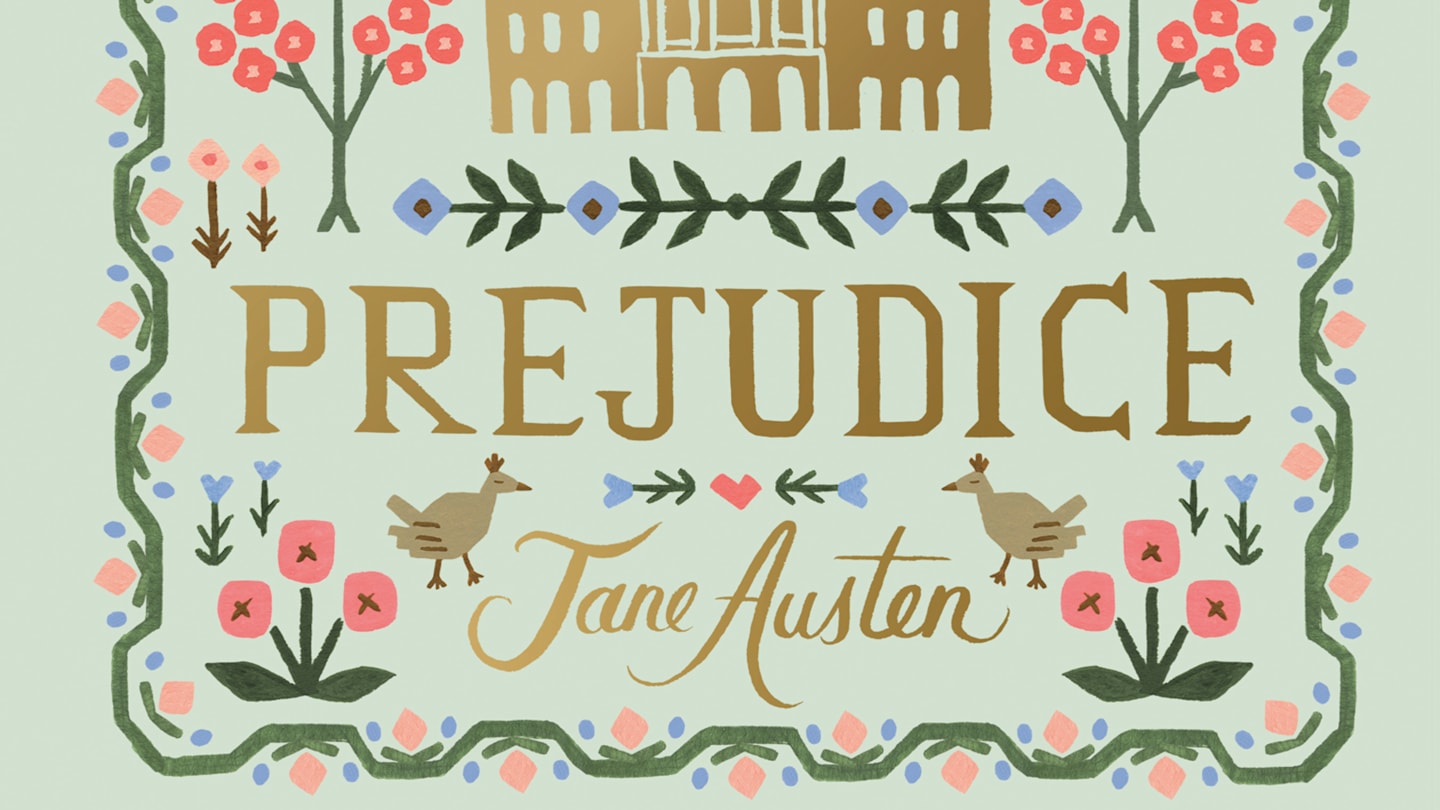
As a lifelong aficionado of Jane Austen‘s works, I can wholeheartedly say that there is no such thing as too many Austen retellings and adaptations. My love for her stories began as a young girl, hidden under the covers with a flashlight, devouring each word as if they were my lifeblood. The timeless themes of love, family, and social expectations resonated with me in ways that few other authors ever have.
There are numerous adaptations of Jane Austen’s works underway, with one at Netflix and several more in development at other studios. Additionally, hundreds of Austen retellings are published annually in the literary world. However, we can never have too many, as there is always room for exploration and fresh interpretations. Let’s delve into it further.
Universal stories
Jane Austen’s tales, while distinctly hers, contain recurring themes that resonate universally. The trope of enemies-to-lovers, for instance, can be traced back to ‘Pride and Prejudice’. Common experiences such as love, humiliation, guilt, financial struggles, awkward family dynamics, and more, are shared by Austen’s characters. These elements have two key aspects in common: they are universal feelings, and they are some of the challenges that Austen’s heroines encounter in her narratives. They make her stories remarkably relatable, which brings me to my next point…
Diversity
Due to the timelessness and relatability of Austen’s stories, they can be reimagined with characters from diverse cultures, ethnicities, and backgrounds. In recent decades, various adaptations have been produced, featuring protagonists who are Black, Indian, Native American, Asian, and many others representing a wide range of races, religions, genders, and sexual identities. This year alone, a graphic novel version of “Emma” with queer characters has been published.
Every character’s story in Austen’s works should be explored, especially those related to race and sexuality. Some fans might prefer to maintain the status quo, but I believe it’s time to broaden the perspective, just as Aragorn burst open the gates at Helm’s Deep. This expansion will not only provide a more inclusive experience for readers but also offer an abundance of fresh stories for me and fellow enthusiasts to engage with.
There are never enough Jane Austen retellings and adaptations
Unqiue storytelling
Austen’s works are adaptable and open to creative interpretation, as demonstrated by the film “Clueless.” While many may not recognize it, “Clueless” is essentially a reimagining of Jane Austen’s “Emma.” This example illustrates the flexibility with which an Austen retelling can be approached while maintaining the essence of her stories. I’m not an Austen purist by any means, but I do believe that the romantic couples in any adaptation should remain intact.
While Elizabeth Bennet, Emma Woodhouse, and other characters don’t necessarily have to keep their original names, social statuses, or ethnicities in adaptations, the beauty lies in the fact that each reinterpretation is unique due to the creative freedom of writers and filmmakers. This diversity is what makes every rendition exciting!
Read More
- Clash Royale Best Boss Bandit Champion decks
- Best Hero Card Decks in Clash Royale
- Clash Royale December 2025: Events, Challenges, Tournaments, and Rewards
- Ireland, Spain and more countries withdraw from Eurovision Song Contest 2026
- Clash Royale Witch Evolution best decks guide
- JoJo’s Bizarre Adventure: Ora Ora Overdrive unites iconic characters in a sim RPG, launching on mobile this fall
- ‘The Abandons’ tries to mine new ground, but treads old western territory instead
- How to get your Discord Checkpoint 2025
- Football Manager 26 marks a historic FIFA partnership ahead of its November launch
- The Most Underrated ’90s Game Has the Best Gameplay in Video Game History
2024-11-27 20:32